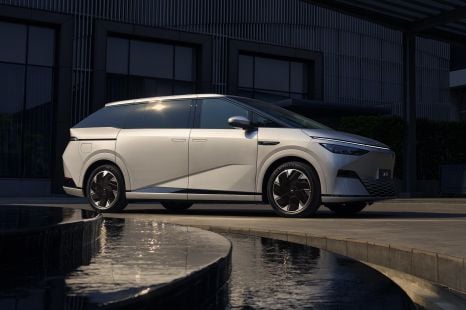

William Stopford
Will 2026 be the year of the people mover in Australia? China seems to think so
11 Hours Ago
An Australian climate lobby has launched a bold attack on the country's five best-selling car brands, claiming the 230,000 Toyota cars sold last year produce more emissions than the worst-polluting coal mine on local shores.

Contributor
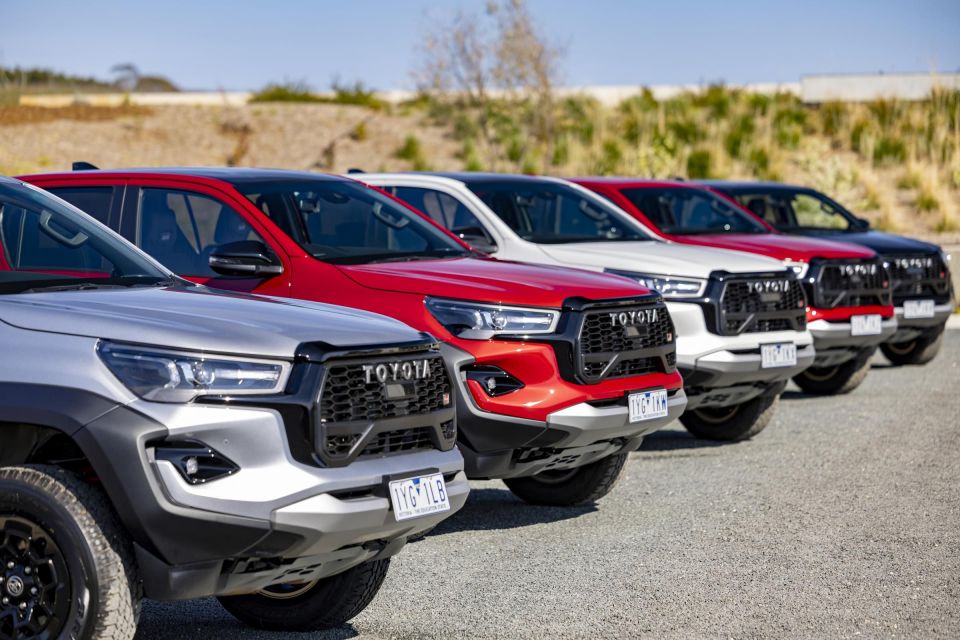

Contributor
The back-and-forth between Australia’s climate lobbies and carmakers surrounding the New Vehicle Efficiency Standard (NVES) continues, with one group now claiming Toyota’s vehicles cause more harm than the dirtiest coal mine.
In a media statement, the Climate Council called on automotive companies to reduce their emissions, saying almost two-thirds of the local transport industry’s carbon dioxide (CO2) emissions come from cars, vans and utes.
However, out of the 20.1 million powered vehicles recorded on Australian roads by the Department of Infrastructure in 2021, almost 96 per cent of these are cars, vans, utes and light trucks.
The remaining circa-792,000 vehicles are buses and trucks, which account for approximately one-third of the nation’s transport emissions despite making up less than five per cent of the vehicle fleet.
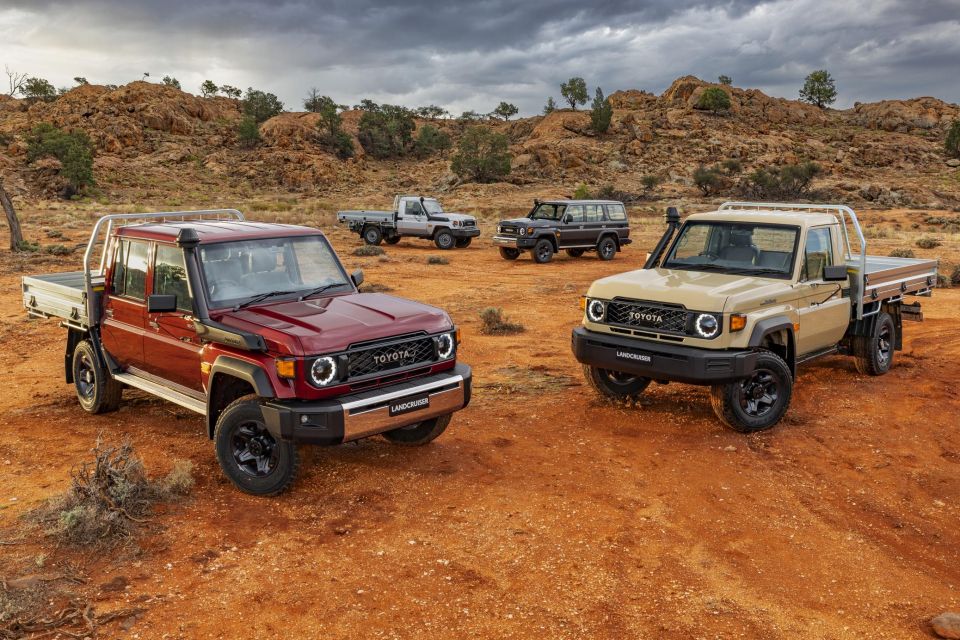
The Climate Council goes on to claim the Toyota Motor Corporation, Ford, the Hyundai Group, the Renault-Nissan-Mitsubishi Alliance, and Mazda are the five carmakers responsible for the highest-polluting light vehicles in Australia.
In the case of Toyota, the Climate Council estimates the 230,074 cars, vans and utes sold by both the main brand and its luxury division Lexus in 2023 are responsible for producing 475,321 to 547,919 tonnes of CO2 equivalent annually.
For context, the Climate Council’s figures in the graph below are based on if the heaviest-emitting variants of a brand’s vehicles were the sole examples purchased. We’ve also included the figure which assumes the lowest-emitting variants accounted for all model sales.
This upper figure for Toyota would make its emissions greater than that of the Narrabri Underground Mine in New South Wales, which produces an estimated 519,704 tonnes of CO2 equivalent every year.

Ford was the second-highest polluter according to the lobby group’s data with 230,472 to 309,560 tonnes of CO2 equivalent emissions, ahead of Hyundai – including its Kia and Genesis brands – with 222,037 to 309,321 tonnes.
In total, the Climate Council’s data suggests the 1,137,582 light vehicles sold in Australia last year are responsible for 1,952,351 to 2,430,005 tonnes of CO2 equivalent emissions.
“The cars these multinational corporations sell are responsible for as much climate pollution in a year as dozens of big, dirty coal mines,” Climate Council CEO Amanda McKenzie said in a media statement.
“Right now, they are getting off scot free because that pollution isn’t being regulated.
“It is no surprise that the ‘Filthy Five’ car companies like Toyota and Mazda have been some of the most vocal critics of regulating vehicle pollution.
“They’ve used Australia as a dumping ground for their most polluting vehicles for years, while offering more efficient vehicles in countries that have regulation.”
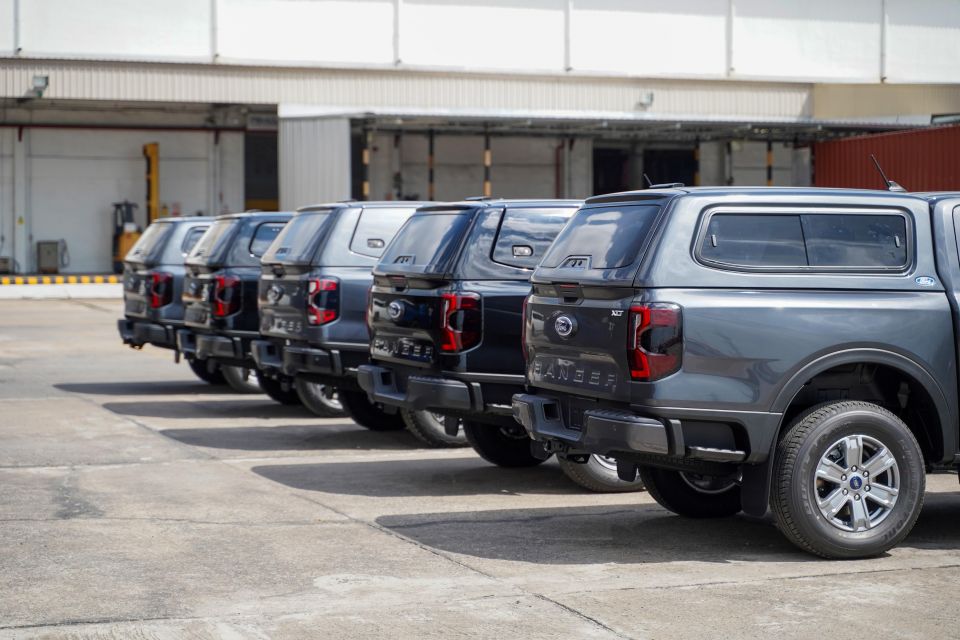
Last week, Toyota Australia vice president of sales and marketing Sean Hanley called for a slower rollout of the NVES, while claiming the Federal Government’s preferred option for the regulations would result in price hikes for the brand’s most popular utes and large four-wheel drives.
Mazda Australia has criticised the NVES, while Mitsubishi urged policymakers to not forget about ‘middle Australia’.
Last month the Climate Council publicly backed the NVES, though data the lobby group presented in support of the Government’s proposal was found by CarExpert to contradict previous studies or was presented without key context.
MORE: Aggressive’ emissions standards will mean price hikes, hurt ‘middle Australia’ – Toyota MORE: Carmakers, lobby groups go to war over cost of emissions standards to new car buyers MORE: Volkswagen’s wish list for Australian emissions standards revealed MORE: Hyundai backs tough emissions standard for Australian new cars MORE: Mazda pumps the brakes on Australian efficiency standards, calls for subsidies MORE: Mitsubishi: Emissions standards can’t forget about ‘middle Australia’ MORE: Australian dealer body criticises tougher emissions standards MORE: What Australia’s biggest car brands have to say about tough new emissions standards MORE: Climate lobby backs Australian emissions standards, but data leaves more questions than answers
Born and raised in Canberra, Jordan has worked as a full-time automotive journalist since 2021, being one of the most-published automotive news writers in Australia before joining CarExpert in 2024.


William Stopford
11 Hours Ago


Max Davies
11 Hours Ago
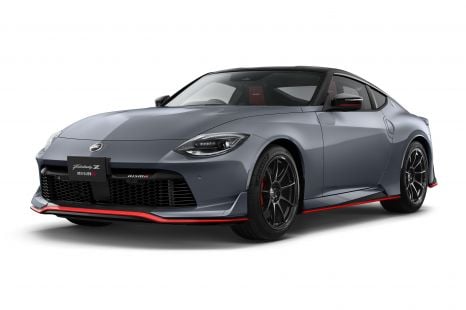

Derek Fung
12 Hours Ago
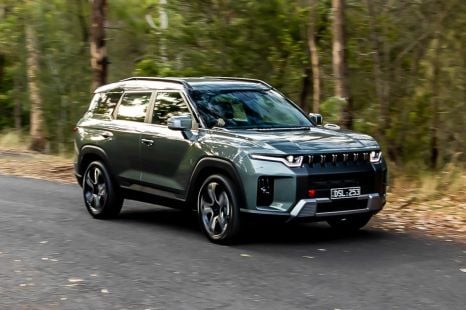

Matt Campbell
19 Hours Ago


Ben Zachariah
1 Day Ago


Damion Smy
1 Day Ago